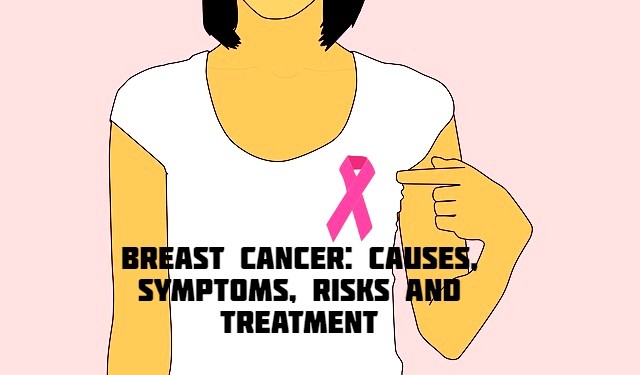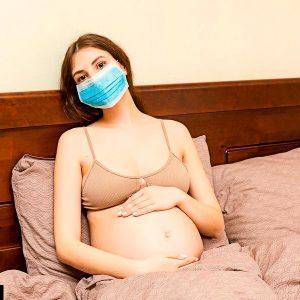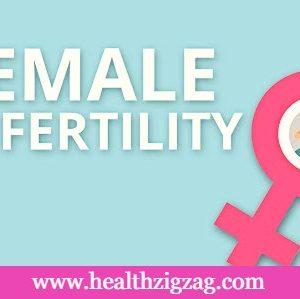
Breast Cancer: Causes, Symptoms, Risks, and Treatment
What is breast cancer?
Breast cancer is the abnormal and disorderly growth of breast tissue cells, forming a malignant tumor. It is initially located in the breast, then it can spread to other organs if it is treated on time.
What relevance does this disease have?
After skin cancer, breast cancer is the most common cancer diagnosed in women in the United States. It is predicted that one in eight women could exploit this disease throughout their lives.
Read Also: Best Foods that Prevent Cancer: Anti Cancer Foods
Can a patient who has breast cancer be cured?
Yes, in those women who have been detected with the disease early, they can usually be offered curative treatment. The earlier the diagnosis is made, the greater the chance of cure. When found early, there is a 96% chance of cure.
Can breast cancer be prevented?
A part of breast cancer is preventable (using chemoprophylaxis) and a significant number can be diagnosed early (through mammography).
Symptoms Of Breast Cancer
Breast cancer symptoms may vary from woman to woman, may include:
- Lump or mass in the breast and / or armpit.
- Changes in size, the shape of the breast.
- Changes in skin texture (orange peel).
- Color changes (skin redness)
- Changes in the nipple (retraction) or discharge from it.
- Change in the direction of the nipple.
- Retraction of the skin area of the breast and / or nipple.
If you have any of these symptoms it does not mean that you have cancer, but if you notice one or more of them for more than two weeks, consult your doctor.
Read Also: Can Constipation Cause Cancer? Symptoms And Treatment
Can you have breast cancer without having symptoms?
- Age is the most important risk factor: higher risk in women over 60 years.
- Family history: the risk is greater when the mother, sister and / or daughter has been diagnosed with breast cancer and/or ovarian cancer.
- Hormones/childbirth: the risk is greater if you had your first menstruation before age 12, menopause began after age 55, you never had children, or you had your first child after 30 years of age. In addition, the use of some postmenopausal hormonal therapies increases the risk of developing breast cancer.
- Prior biopsy: If you have had abnormal breast biopsy results or benign breast diseases that require biopsies, you may be at greater risk.
- Obesity, a diet high in saturated fat, or weight gain after menopause.
- Hereditary genetic alterations.
- Alcohol misuse (more than one alcoholic drink per day).
Important: Consult a specialist doctor if you have risk factors.
Read Also: Brain tumor symptoms and causes
What people should go to a program for prevention and early diagnosis of breast cancer?
Every woman over 20 years old should have medical check-ups at least every 3 years. At age 40 it is recommended to have the first mammogram, which should continue annually: but if you have risk factors, the mammogram should be done before.
How can I reduce my risk?
- Get a breast self-exam at least once a month (between the 9th and 11th postmenstrual) so that you learn to recognize some change in them.
- Always consult a doctor before using oral contraceptives or hormone replacement therapy.
- Maintain an adequate weight.
- Consume at least 3 to 5 servings of fruits or vegetables a day.
- Exercise regularly, at least 3 times a week.
Can breast cancer be hereditary?
Yes. If you have a history of family members diagnosed with breast cancer, especially before age 50.
Read Also: Swelling In Legs, Feet, and Ankles – Causes, Symptoms, and Treatment
Breast self-examination
Why is it important that you do a breast self-exam?
Because you self-examine monthly, it will allow you to know your breasts and that way you can detect any changes that may be important.
Breast self-examination does NOT replace annual mammography. Between mammograms, it is advisable to have a self-exam. This is part of self-care, the responsibility of all women.
Who should do it?
It is indicated in ALL women, both in menopause, pregnant, breastfeeding and / or breast implants.
Read Also: 31 Best Foods To Reduce Blood Pressure Naturally
When should I do it?
The best time to do a self-exam is after the 9th and 11th day after the menstrual period, every month. This is because the breasts are less sensitive or inflamed.
If you are in the menopause period, try to get the test the same day of each month.
Some women do it on the first day of the month to help them remember the date.
Steps to follow for self-examination:
- In the shower:
Raise your left arm.
With the flat part of your right-hand fingers, carefully examine your left chest.
Start at the top of the chest contour and continue in a circular direction, pressing hard enough to feel the inner tissue.
After completing the circle, place your fingers two and a half centimeters away and make a new circle, continuing in this way until you reach the nipple.
Examine the area above the breast, especially the armpit, to see if you notice any lump or lump.
Repeat the same with the right chest.
- In front of the mirror:
With the arms placed on each side of your torso, look at your breasts to see if you notice any change in color, size, shape, dimples or flaky skin.
Watch once more, first placing your hands on your hips by pressing your shoulders and elbows forward to flex your pectoral muscles, then raising your hands and gently straightening them behind your head.
- Lying down:
Place a pillow under your left shoulder and raise your left hand over your head. Examine your entire chest following the circular direction described in the first step. Repeat with the right chest. Also, gently press both nipples to check for discharge.
Read Also: Diabetes mellitus or type 2: causes and symptoms
Signs of a problem
If you notice any of these symptoms during a breast self-exam, call your doctor:
- A dough or a lump
- Swelling
- Skin irritation
- Orange peel
- Pain – Nipple retraction (the nipple is oriented inward)
- Redness of the nipple or breast skin
- Peeling of the nipple or breast skin
- Nipple discharge
It is important that the doctor immediately examine any mass or lump. It may be necessary to do some tests. In some cases, a biopsy is done to examine the tissue.
Remember: In addition to the monthly self-examination, you should see your doctor be periodically examined by your doctor and check yourself with mammography, this is the effective way of early detection of breast cancer, so:
- Every woman over 20 years old should have medical checks at least every 3 years.
- At age 40 it is recommended to have the first mammogram, but if you have risk factors, the mammogram should be done before.
Read Also: Health Benefits OF Broccoli




